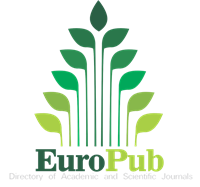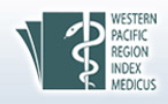Abstract:
Objective To explore the improvement effect of hypnotherapy on dysmenorrhea symptoms of female college students with primary dysmenorrhea, in order to provide reference for the intervention and treatment of female college students with primary dysmenorrhea. Methods From Septerber to December 2021, 90 female college students diagnosed with primary dysmenorrhea in Qinzhou First People's Hospital were randomly divided into hypnotic suggestion group(n=30), hypnotic relaxation group (n=30) and control group(n=30). The 10-session hypnotic suggestion and 10-session hypnotic relaxation interventions were carried out while the control group received no intervention. Participants in the three groups were assessed by using the Visual Analogue Scale(VAS), Beck Depression Inventory-Ⅱ(BDI-Ⅱ), State Anxiety Inventory(SAI), Questionnaire of Quality of Life of College Students(QOLCS), Cox Dysmenorrhea Symptom Scale (CMSS) before and after intervention. Results After intervention, the VAS, BDI-Ⅱ and SAI scores of the hypnotic suggestion group and the hypnotic relaxation group significantly decreased compared to those before the intervention(t=7.04, 13.32, 3.58, 2.15, 2.52, 2.01, P < 0.05). There were statistically significant differences in VAS, BDI-Ⅱ and SAI scores among the three groups(F=24.71, 29.57, 6.60, P < 0.01). After intervention, the QOLCS total score, physical, psychological and behavioral dimension scores in the hypnotic suggestion group and the hypnotic relaxation group significantly improved(t=-4.61, -3.36, -3.12, -2.81, -2.71, -2.19, -2.69, -2.28, P < 0.05). There were statistically significant differences in QOLCS total score, physical, psychological, behavioral, environmental, and social support dimension scores among the three groups(F=10.36, 4.14, 5.14, 4.81, 7.07, 5.53, P < 0.05). After the intervention, the CMSS dysmenorrhea severity and dysmenorrhea duration scores in the hypnotic suggestion group and the hypnotic relaxation group were significantly lower than those before the intervention(t=5.66, 4.70, 3.09, 2.21, P < 0.05). There were significant differences in CMSS dysmenorrhea severity and dysmenorrhea duration scores among the three groups(F=15.33, 12.33, P < 0.05). Conclusion Hypnotherapy can help relieve pain of female college students with primary dysmenorrhea, improve depression and anxiety.











